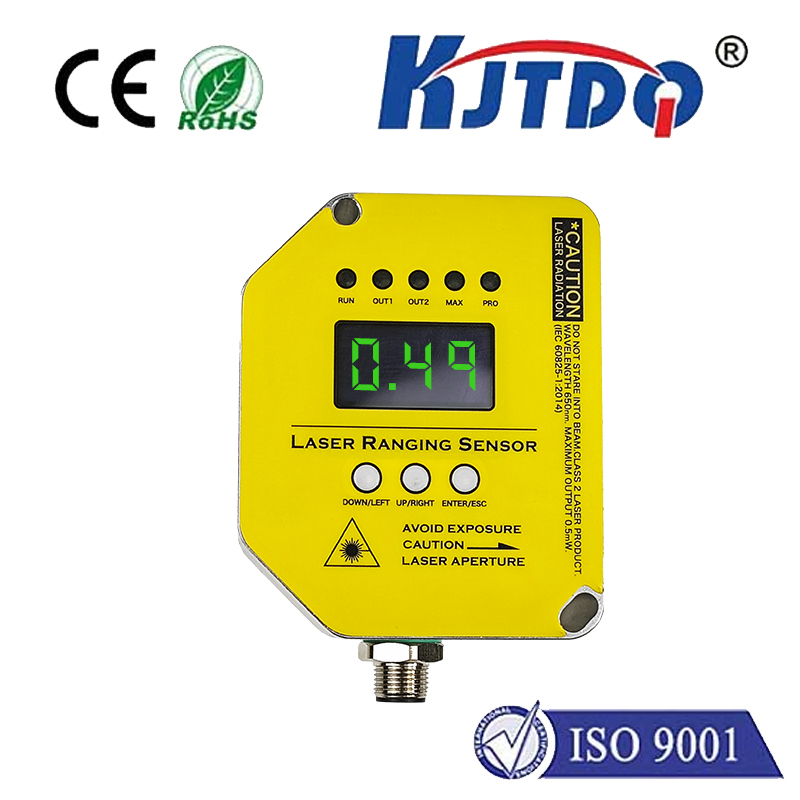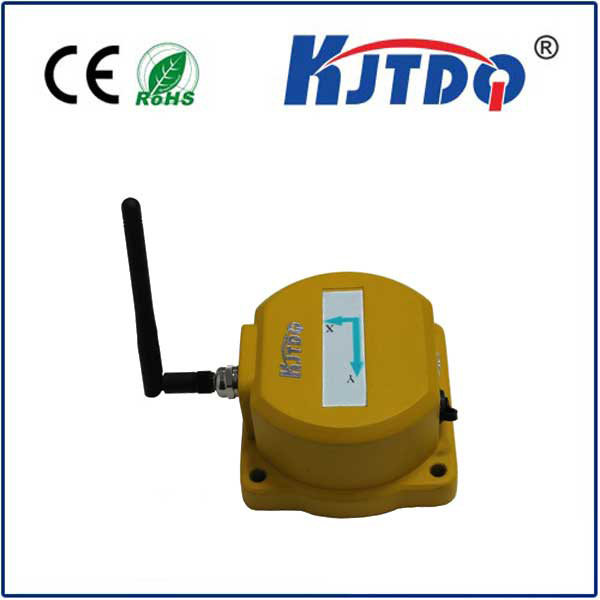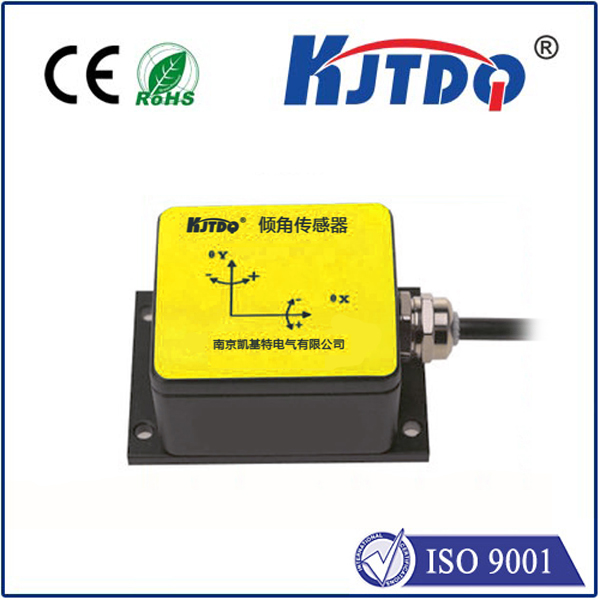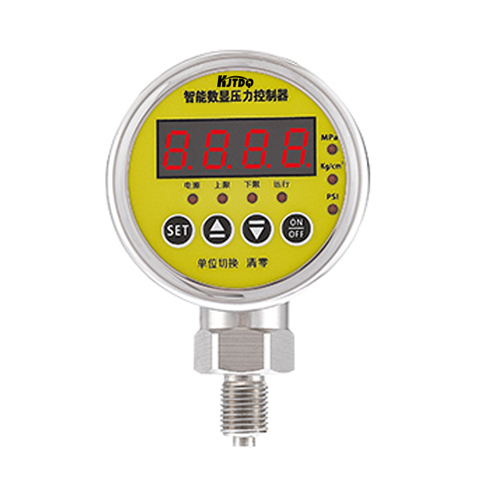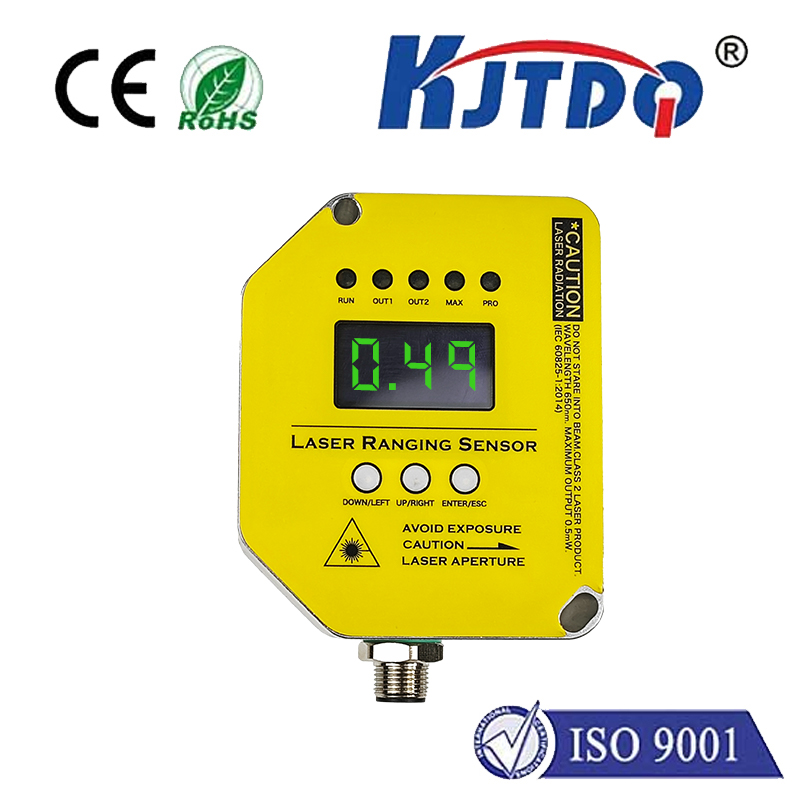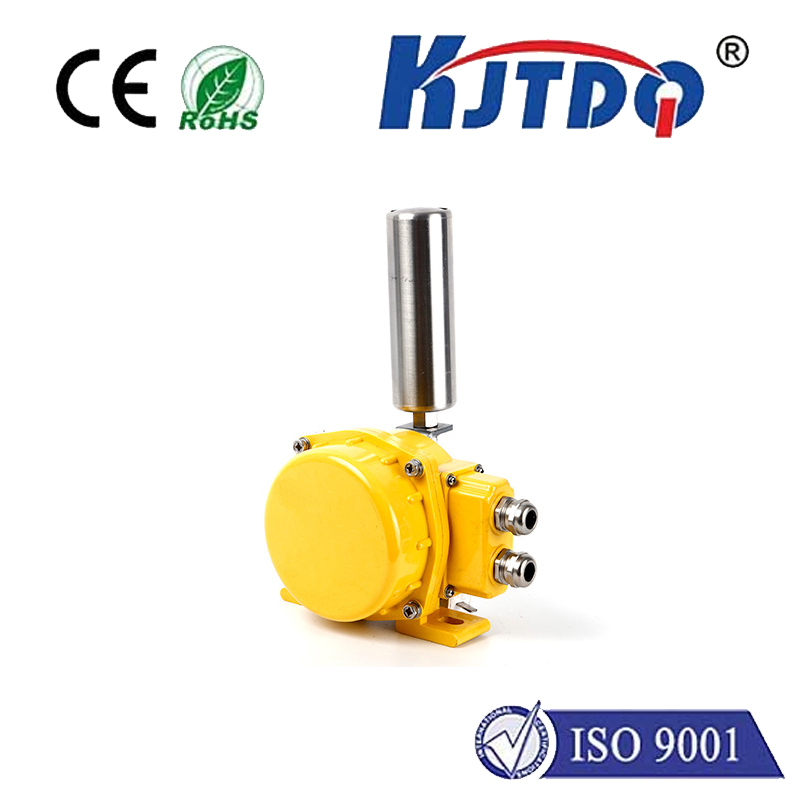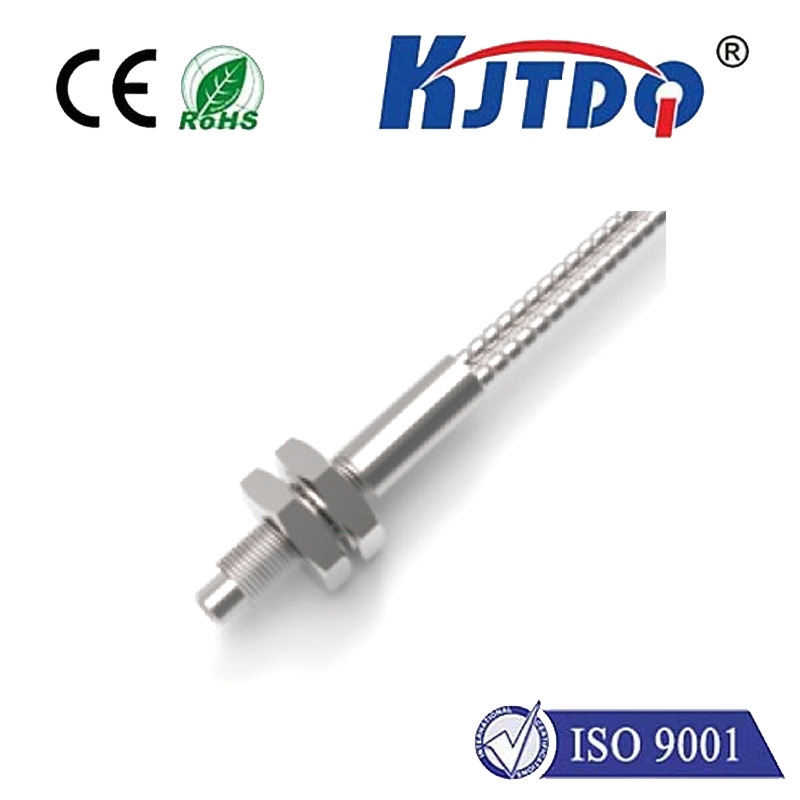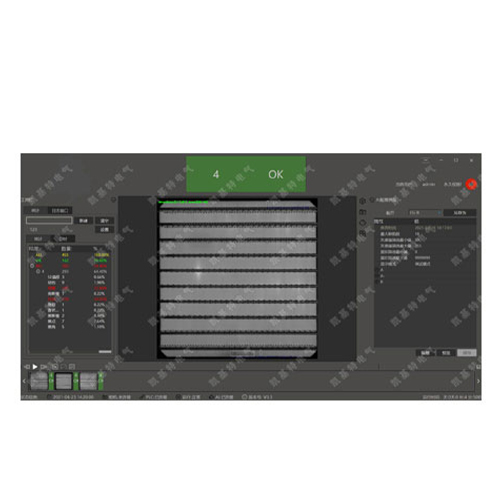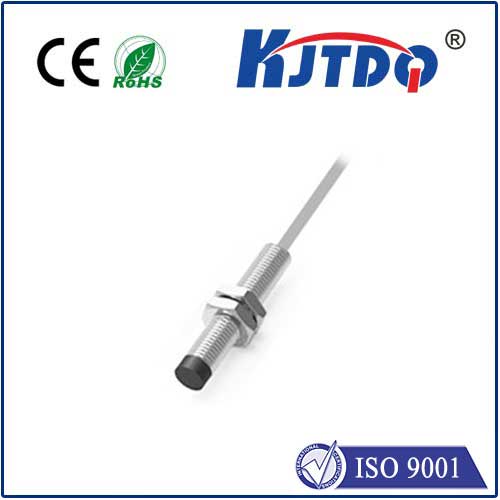оптический лазерный датчик
- time:2025-08-27 13:48:57
- Нажмите:0
Optical Laser Sensors: The Unseen Precision Behind Modern Technology
Title: Optical Laser Sensors: Illuminating Precision in Measurement and Detection
Imagine a surgical robot making incisions thinner than a human hair, an autonomous vehicle navigating a busy city street at night, or a manufacturing line assembling smartphones with micron-level accuracy. At the heart of these seemingly impossible feats often lies a remarkable piece of technology: the оптический лазерный датчик. These sophisticated devices harness the unique properties of laser light – its coherence, monochromaticity, and ability to be focused into an intense beam – to perform non-contact measurement and detection tasks critical across countless industries.
Unlike traditional mechanical sensors that require physical touch, optical laser sensors operate remotely, eliminating wear and tear and enabling high-speed, high-precision interactions with objects, surfaces, or environments. They work by emitting a focused laser beam towards a target. This beam interacts with the target – it might be reflected, scattered, absorbed, or modulated – and this altered light is captured by a sensitive photodetector within the sensor. Sophisticated electronics then analyze the characteristics of the returned light to extract valuable information.
Core Principles and Types

The magic happens through various physical principles:
- Triangulation: One of the most common methods. A laser diode projects a spot onto the target. The reflected light hits a position-sensitive detector (like a CMOS or CCD array) at an angle. The position of the reflected spot on this detector shifts based on the target’s distance. This shift is precisely measured, allowing the sensor to calculate the distance (displacement) or profile of the target with remarkable accuracy. These sensors are ideal for applications demanding micron-level resolution, such as verifying component height on a PCB or guiding robotic arms for precise placement.
- Time-of-Flight (ToF): This method measures the time it takes for a short pulse of laser light to travel to the target and back. Since the speed of light is constant, this travel time directly correlates to the distance. Modern ToF sensors can achieve incredibly fast measurements, making them perfect for applications like level sensing in large silos, obstacle detection for autonomous mobile robots (AMRs), or even gesture recognition in consumer electronics. Some ToF systems scan the beam to create 3D depth maps of environments.
- Laser Interferometry: Representing the pinnacle of displacement measurement precision, interferometers work on the principle of interference patterns created by splitting a laser beam and recombining it after one part travels to the target. Minute changes in distance cause shifts in the interference pattern, detectable down to the nanometer level. This extreme precision is essential in semiconductor manufacturing metrology and advanced scientific research.
- Diffuse Reflection / Contrast Sensors: Here, the sensor detects the presence or absence of an object, or sometimes a change in its surface properties, based on the amount of light reflected back (diffuse reflection). A constant light source (laser or LED) illuminates the target, and a receiver detects the intensity. These are workhorses on production lines, reliably detecting labels on bottles, verifying part presence, or counting items on a conveyor.
Where Precision Takes Flight: Applications Galore
The versatility of optical laser sensors makes them indispensable in modern technology:
- Industrial Automation & Robotics: From position control of robotic arms and quality inspection of manufactured parts to precise welding seam tracking and fill level control in bottling plants. Laser sensors provide the eyes for machines, enabling unprecedented levels of automation and quality assurance.
- Metrology & Quality Control: Non-contact thickness measurement, surface profile scanning, vibration analysis, and coordinate measuring machines (CMMs) rely heavily on laser sensors for their speed and accuracy, ensuring parts meet stringent specifications.
- Automotive: Cruise control and autonomous driving systems use laser sensors (often LIDAR, a sophisticated extension) for object detection and distance measurement. They are also crucial in driver assistance features like parking sensors and collision avoidance. Manufacturing processes within the automotive industry extensively utilize laser displacement sensors for assembly verification and robotic guidance.
- Consumer Electronics: Found in laser printers (paper positioning), optical disc drives (focus control), smartphones (autofocus, proximity sensing), and gaming devices (motion capture).
- Medical Technology: Used for precise positioning in surgical robotics, patient alignment in radiation therapy, and non-contact measurement in diagnostic equipment.
- Logistics & Material Handling: Object detection on conveyors, palletizing/depalletizing guidance, warehouse automation with AMRs, and dimensioning systems for parcels.
- Research & Development: Fundamental scientific experiments requiring nanometer-level displacement measurement or environmental monitoring often leverage laser-based sensing technology.
Choosing the Right Sensor: Key Considerations
Selecting the optimal optical laser sensor involves understanding the specific application needs:
- Measurement Principle: Is distance, displacement, profile, presence, or vibration being measured?
- Range & Resolution: What are the minimum and maximum distances involved? What is the required precision (resolution)?
- Target Properties: Surface color (dark absorbs light, light reflects more), reflectivity, material, and texture significantly impact performance. Shiny surfaces can cause saturation, while transparent objects or speckle noise (interference patterns from rough surfaces) may require specialized models or filtering techniques.
- Operating Environment: Consider factors like temperature extremes, humidity, dust, dirt, vibration, and ambient light interference. Industrial sensors often feature robust housings (IP67/IP68 ratings) and specialized optics to handle harsh conditions.
- Speed: How quickly must the sensor measure or detect?
- Output & Interface: Analog voltage/current, digital (RS232, RS422, Ethernet), or fieldbus protocols (e.g., PROFIBUS, EtherCAT) needed for integration with control systems.
- Spot Size & Beam Properties: The focus ability of the laser determines the minimum detectable feature size and influences accuracy over distance (beam divergence).
The Future: Brighter and Smarter
The evolution of optical laser sensors continues. We are seeing trends towards:
- Miniaturization: Smaller sensors enabling integration into tighter spaces and new applications.
- Enhanced Intelligence: Sensors with integrated processing power for edge computing, enabling faster decision-making and preliminary data analysis onboard.
- Increased Robustness & Cost-Effectiveness: Advancements making high-precision sensing more accessible and reliable even in challenging environments.
- Multifunctionality: Sensors combining multiple measurement principles (e.g., distance plus temperature) or integrating vision capabilities.
- Higher Speeds & Resolutions: Meeting the demands of ever-faster production lines and more stringent quality requirements.
From the intricate assembly lines producing cutting-edge electronics to the autonomous vehicles navigating our streets and the delicate tools used in modern surgery, optical laser sensors operate silently and precisely in the background. Their ability to deliver fast, accurate, and reliable non-contact measurements makes them a fundamental enabling technology, constantly pushing the boundaries of what’s possible in automation, quality, and innovation. As technology marches forward, these photonic sentinels will continue to illuminate the path, providing the critical data needed for smarter, more precise, and more efficient systems across the globe.

